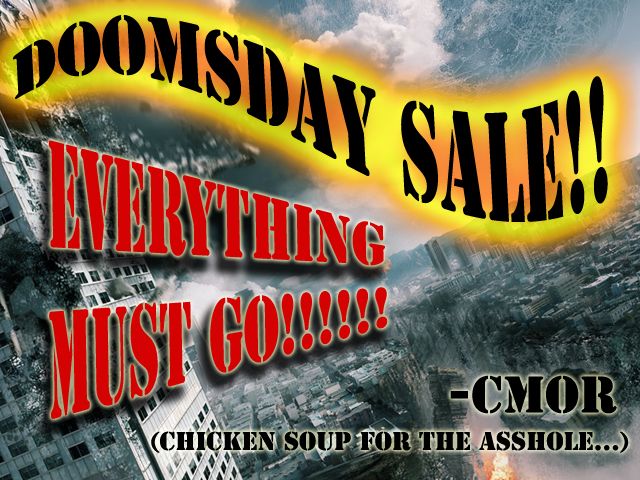All We Hear Is Radiophobia Radiophobia
Radiophobia is a term used in Russia to cover fear of the truth as told by the Government and the alternative truth as told by the conspiracy theories.
I suffer from Radiophobia and TVphobia and Netflixphobia and even Trumphobia.
Afraid to turn on the TV in case that some nut-job has blown up the world.
We are indeed living in fear of the future.
I find binge watching TV shows does not help.
There are no heroes out there.
Just morons with a Twitter account with to much time and power on their little hands.
This is not a pretty article. We are a fucked up race it seems.
Then I read about the fantastic sacrifices made by the Chernobyl firemen, soldiers and volunteers.
And it makes me wanna weep.
Queen - Radio GaGa - Live Aid : Wembley London
Read On: Article By Elisa Gabbert
"There’s a Ukrainian woman sells big red apples at the market. She was touting her wares:
“Come and get them! Apples from Chernobyl!”
Someone told her, “Don’t advertise the fact they’re from Chernobyl, love. No one will buy them.”
“Don’t you believe it! They’re selling well!
People buy them for their mother-in-law or their boss!”"
You can’t prepare for the worst-case scenario when the scenario keeps getting rapidly worse
However, other studies have shown elevated stress levels in populations exposed to nuclear accidents even years later (for example, those living near Three Mile Island). Hersey, when he visited Hiroshima again 40 years after the bombing, described a “lasting A-bomb sickness” marked by weakness, fatigue, dizziness, digestive problems, and “a sense of doom.” Chronic stress really does lead to worsened health outcomes. Is that not real? Is fear not real? There’s a tension in the literature around nuclear disasters, between the need to accurately describe them as they are — a kind of nightmare sublime — and to balance out “hysteria” and present the “facts.” It’s difficult to reconcile the horror of nuclear disasters with our ability to move on. Where “Chernobyl people” tell jokes, the Japanese say “Shikata ga-nai” — roughly, “it can’t be helped.”
It’s hard to talk about the hibakusha without succumbing to fear mongering and nuclear phobia. So here’s a fact: There have been many more deaths, orders of magnitude more, from accidents in the fossil-fuel industries than in nuclear energy. But I can’t think of a particular accident with as much disaster capital as Chernobyl. In 2010, there were “the 33,” the trapped coal miners in Chile, but they all survived and became heroes.
Why are some deaths more horrifying than others?
In the spring of 2013, I often drove north on Route 93 in Colorado from Golden to Boulder. It’s a gorgeous, hilly route, through yellow-green grassy fields, with misty blue mountains on your left, but dangerous in the snow; I know someone who totaled their car on that road. It snowed a lot that spring, to a maddening degree, once or twice a week right up through the end of May, but the snow made it even more gorgeous and misty, and sometimes I saw herds of antelopes.
About midway between Golden and Boulder, you pass Rocky Flats on your right. This area housed a plant that made plutonium triggers for nuclear bombs; it closed in 1992. What was the plant is now a Superfund site. The plant’s first accident occurred on September 11, 1957 (the same year as that mysterious accident in the Urals), with another major and nearly catastrophic fire on Mother’s Day in 1969. Waste was found to be seeping into open fields. In 1970, airborne radiation was detected in Denver. But the unsafe conditions continued for years, until informants tipped off the EPA and FBI, triggering a raid in 1989. Where was our glasnost? The hibakusha of Colorado filed a lawsuit, but after twenty years it was denied.
Until recently, there was a bar across the street from the site called the Rocky Flats Lounge — a truly great bar, kind of a cowboy bar, with an open back so you could watch the sun set over the mountains to the west. There were horses in view. They had karaoke on the weekends, and I once heard the bartender, a woman, sing a devastating version of “Fake Plastic Trees.” They sold T-shirts and tank tops bearing mushroom clouds and the words I GOT NUCLEAR WASTED AT ROCKY FLATS. The bar is now permanently closed; it kept catching on fire.
I’m telling you this because I keep thinking about it. I keep thinking about Hurricane Irma; there were upwards of 80 Superfund sites in its path. What will become of them? The EPA is being dismantled. I keep thinking about Fukushima, the new hibakusha it created. Japan sees earthquakes and tsunamis all the time; they have a culture of disaster preparedness. But preparation takes time. Before 2011, most seismologists believed that earthquakes with magnitudes of higher than 8.4 weren’t possible in Japan. Climate change accelerates natural disasters. Earthquakes cause tsunamis and volcanoes, and volcanoes and earthquakes cause tsunamis; global warming leads to increases in all three. You can’t prepare for the worst-case scenario when the scenario keeps getting rapidly worse.
Read the Whole Article: Doomsday Pattern - Life in the pre-apocalypse by Elisa Gabbert
http://reallifemag.com/doomsday-pattern

https://www.amazon.com/dp/B075Y83WH7
